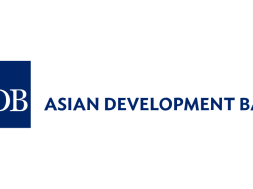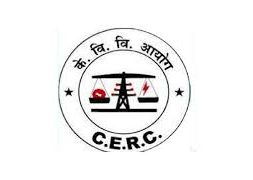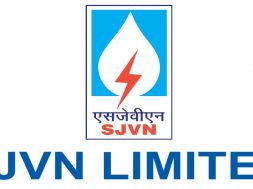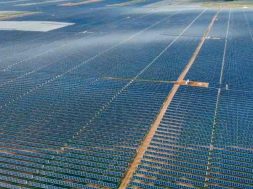
India’s Solar Manufacturing Boom Risks Oversupply by 2027, Warns SBI Capital – EQ
In Short : SBI Capital has cautioned that India’s solar industry may face oversupply by 2027, as manufacturing capacity is set to exceed domestic demand. While government incentives have accelerated expansion, this imbalance could pressure prices and profitability. Experts highlight the need for export opportunities, policy alignment, and consistent demand growth to ensure long-term stability in the sector.
In Detail : India’s solar industry has grown rapidly in recent years, with significant investments flowing into module and cell manufacturing facilities. Government schemes such as the Production Linked Incentive (PLI) have further accelerated expansion. However, according to a report by SBI Capital, the sector may face challenges of oversupply by 2027 if domestic demand does not rise at the same pace.
The report highlights that India’s current manufacturing pipeline could surpass the projected installation requirements within the next two years. This imbalance may create pressure on pricing, impacting the profitability of manufacturers. Such a situation could also deter future investment unless export opportunities are fully leveraged.
India’s ambitious renewable energy targets have encouraged companies to expand their solar manufacturing base. Large players have announced giga-factories with integrated production lines. While this strengthens India’s self-reliance and reduces import dependency, the report warns that the market could become saturated if installations lag behind manufacturing growth.
Oversupply in the solar market may lead to falling module prices, benefiting developers in the short term. However, this could place smaller manufacturers under financial stress. Larger firms with stronger balance sheets may withstand the price competition, while smaller ones may struggle to sustain operations, leading to potential consolidation in the sector.
Export opportunities emerge as a critical pathway for India to manage the expected surplus. With global demand for renewable energy rising, Indian manufacturers could tap into markets in Africa, the Middle East, and Europe. To do so effectively, the industry will need support in the form of trade agreements, logistics infrastructure, and competitive pricing.
Experts also emphasize the need for consistent policy alignment to avoid supply-demand mismatches. While manufacturing incentives have driven rapid capacity growth, installation demand must also be boosted through supportive regulatory frameworks, timely tenders, and stable tariffs. This dual approach will help balance the ecosystem and prevent excess capacity from going idle.
Domestic demand growth is expected to continue, but uncertainty around tendering delays and tariff concerns may slow installations. The success of government initiatives like rooftop solar and green hydrogen projects could play a vital role in absorbing additional solar capacity. These sectors can create new avenues for module deployment and mitigate risks of oversupply.
Another area of focus is technological innovation. By investing in next-generation technologies such as heterojunction and perovskite solar cells, Indian firms can remain competitive globally. Developing high-efficiency modules can increase export potential and ensure manufacturers are not solely dependent on domestic demand cycles.
In conclusion, while India’s solar manufacturing growth is a major achievement, balancing it with sustained demand will be crucial for long-term industry stability. Policymakers, manufacturers, and developers must collaborate to align production with installations, create export linkages, and promote innovation. Without these measures, the risk of oversupply by 2027 could undermine the sector’s momentum and profitability.













